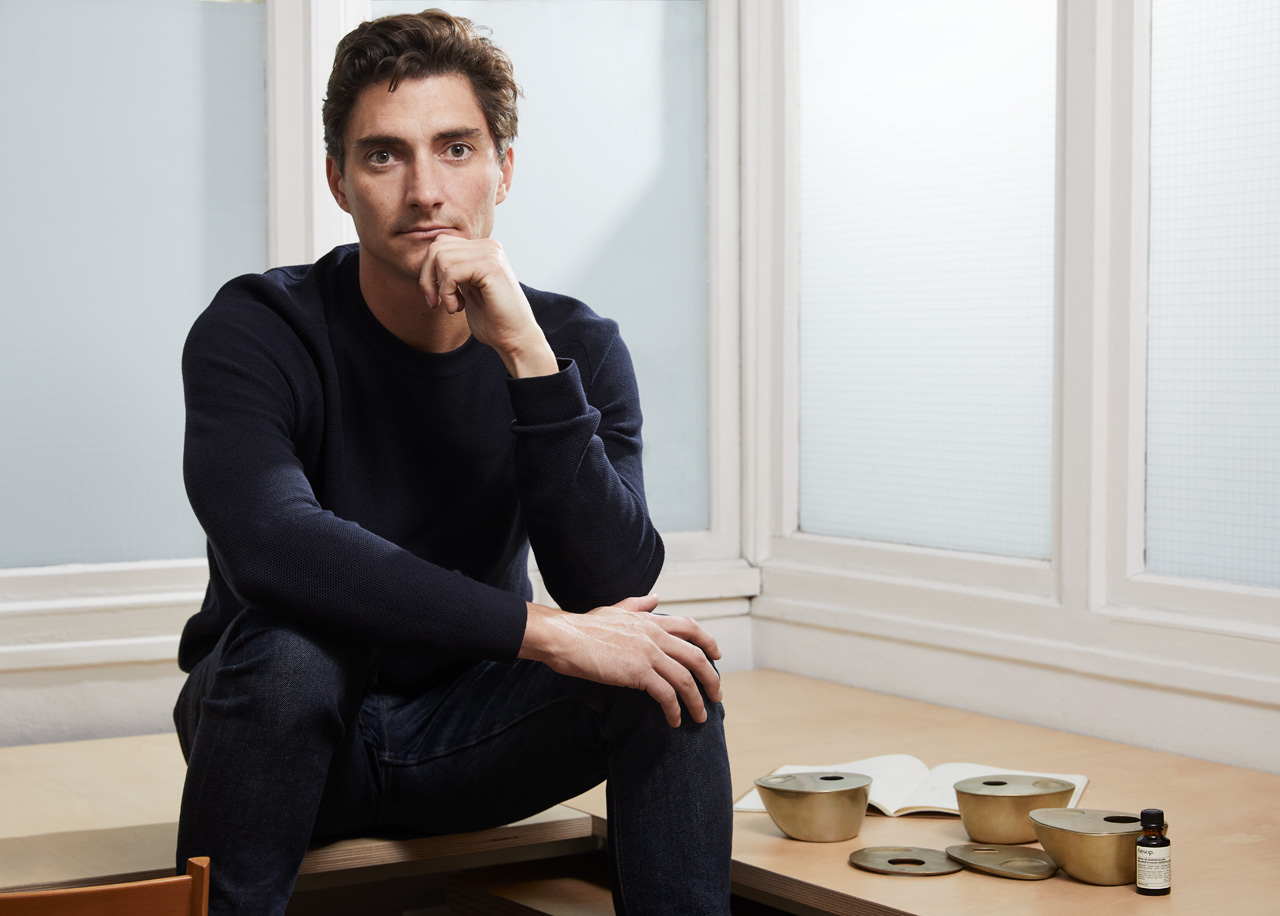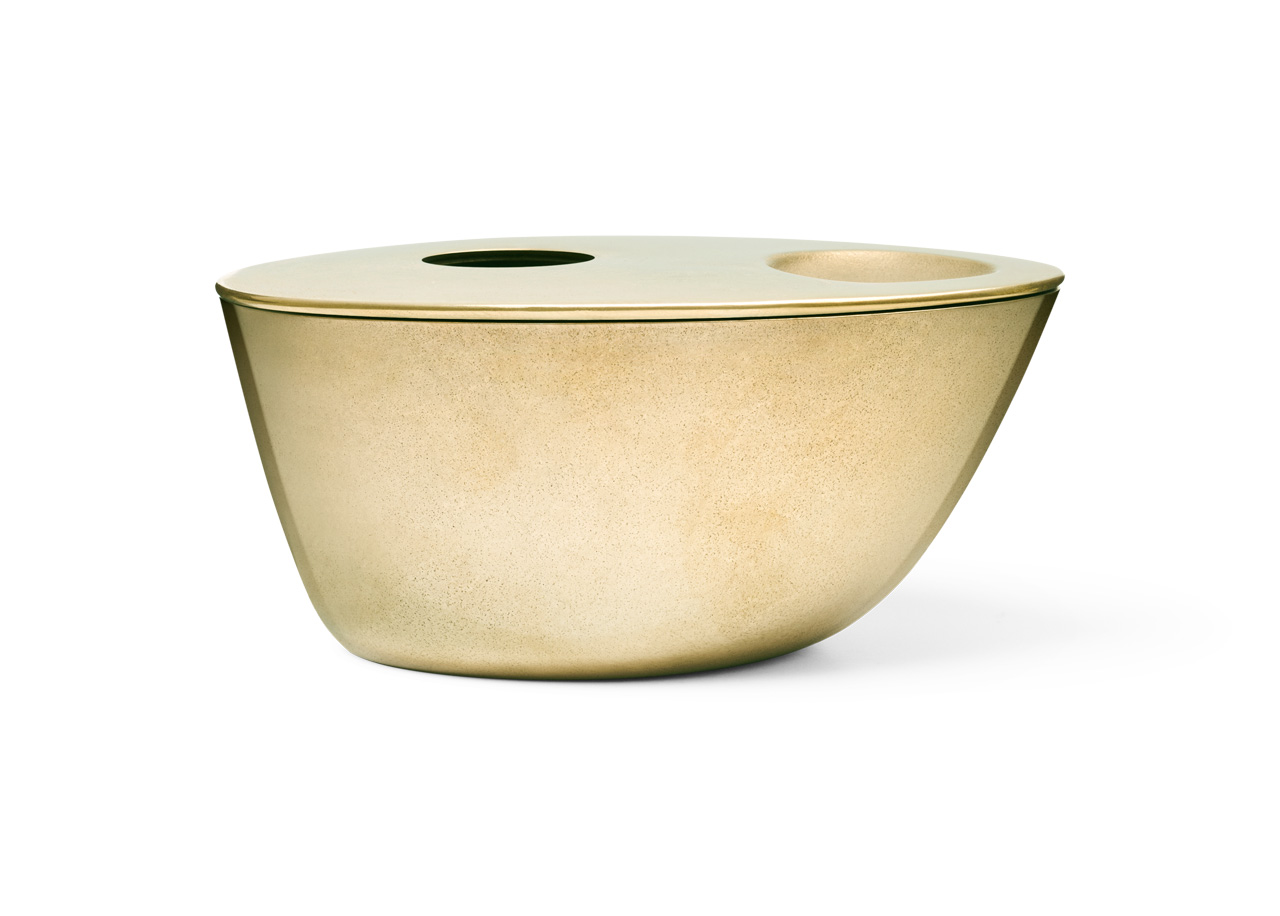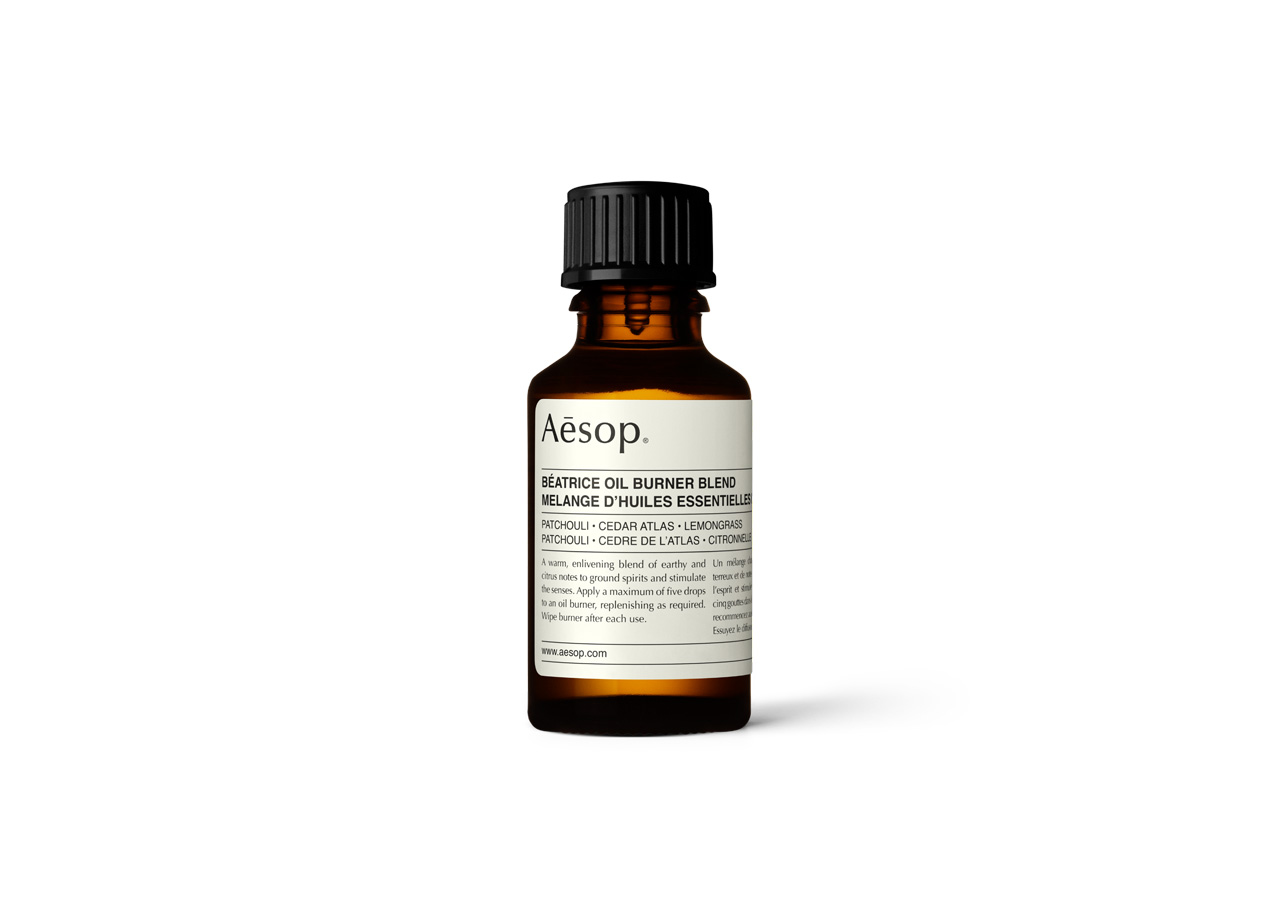News feed
It was a chance first meeting with Dennis Paphitis, the founder of the storied skincare brand Aesop, that lead to a series of other firsts for the designer Henry Wilson.
The Sydney-based Wilson had established his eponymous studio in a converted shipping container in the inner western suburb of Balmain when Paphitis approached him in a café and invited the designer, who had just returned from studying in Eindhoven, to talk over coffee. That together they should form a longstanding relationship should come as no surprise to anyone familiar with the work of either party.
An affinity for understanding materiality, design ethics and a purity of aesthetics are chief amongst the values shared by both Wilson and Paphitis’ singular company. So much so, that Wilson was soon tasked with designing the interior for Aesop’s retail outlet in the same suburb in the sandstone-clad site of a former bakery. It was, the designer recalls, the first time he had executed a project on such a large scale.
It’s fitting then that, in collaboration with Wilson, the brand should enjoy another first of its own with the release this week of their first design piece for interiors, a Brass Oil Burner designed in collaboration with Wilson that bears the hallmarks of a long and fruitful design process, one which began soon after that store opening four years ago.
Scent has long been a part of the considerable Aesop arsenal, the company having sold essential oil blends for several years. Frequent customers’ questions as to how those scents were best dispersed were met internally with a secondary question as to how the brand could best fill the absence for a vessel the aligned with their essential values. They turned once again to Wilson in search of an answer.
An olive oil candle was first floated; glass and ceramics vessels were also considered amongst an estimated 30 design prototypes, until Wilson had another chance encounter – this time with a rarefied wick specialist in New York, who advised against directly burning the oil for fear of releasing it as carbon monoxide and little else. The revelation triggered a movement toward an indirect application of heat and the resulting object is a confluence of Wilson’s unmistakable design signatures, a marriage of material experimentation, craft and utility.
“It’s intentionally something that is meant to be intriguing to look at,” Wilson said at a dinner celebrating the launch of the Brass Oil Burner earlier this month. “There’s no side of this that’s the same. It’s amorphic by design. The idea [was] that we could create something with heft and permanence [out of] solid brass, which weighs about one kilo. These qualities of texture, material, heft, shape, form and function were all important in that [design] process.”
Wilson revealed that his inspiration was derived from the material itself, as well as the well-documented relationship between candlelight and brass throughout history. It was fortuitous that brass also has a high heat transfer quality owing to the high content of copper (after silver and gold, which was omitted for obvious reasons, brass is amongst the most thermally conductive of metals). The metal is also prone to evolving over time, meaning each burner will accrue a patina with age that ensures no two will look identical after extended use and handling in different environments.
The burner’s challenging form was made using a technique called lost-wax casting, a process by which a duplicate metal sculpture is cast from an original sculpture made of hard wax that is then coated in layers of wet ceramic. The sculpture is then kiln-fired, the wax melting away to leave an empty ceramic vessel that is later filled with liquid brass, which expands as it cools before contracting – the shell breaking away to reveal the finished product. A rumbling process involving vibrating drums filled with stones and water both refines and hardens the surface over eight hours.
Halfway through the process, Wilson and Aesop embarked on another shared venture. In 2017, the designer exhibited a collection of objects produced in collaboration with a local foundry at the brand’s Milan store in the Brera creative precinct during the city’s annual design week. The finished pieces were the result of experimenting with the possibilities of a 6000-year old casting process to produce contemporary pieces of singular form and lasting use, much like the Brass Oil Burner.
On occasion of the release, a new Béatrice Oil Burner blend will be introduced alongside the object, it too has been inspired by the material and shape of the burner itself. The blend has keynotes of vetiver, cedarwood, pathchoil and bergamot, lending it a character that is both earthy and citrus-lead.
“It’s definitely an interesting product angle for us and we’re exploring a few other concepts, which are [in earlier stages of development],” Aesop’s Dr Kate Forbes revealed at the same launch, but would not be drawn further on what those future explorations in the product category of interior objects would be. “It’s something we do think there is opportunity for us to explore in the future.”
Aesop, Brass Oil Burner $195. Shop now
Tile and cover image: Supplied













